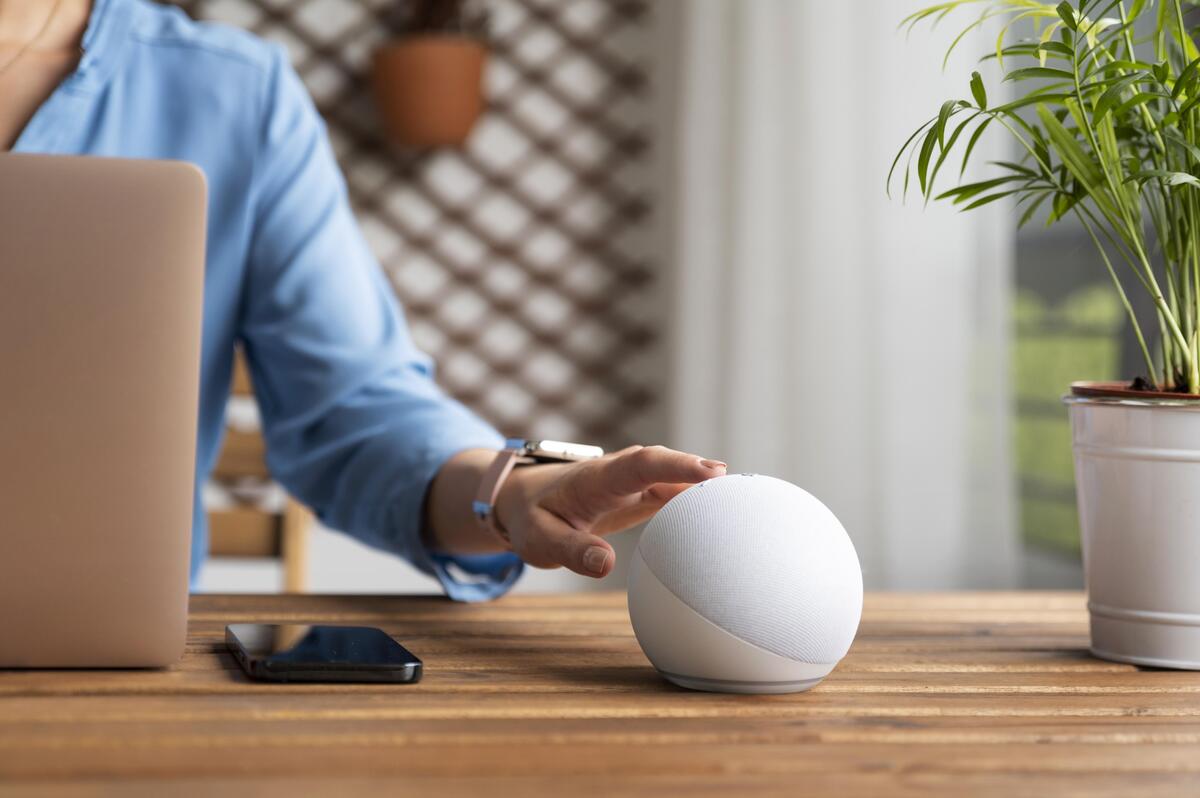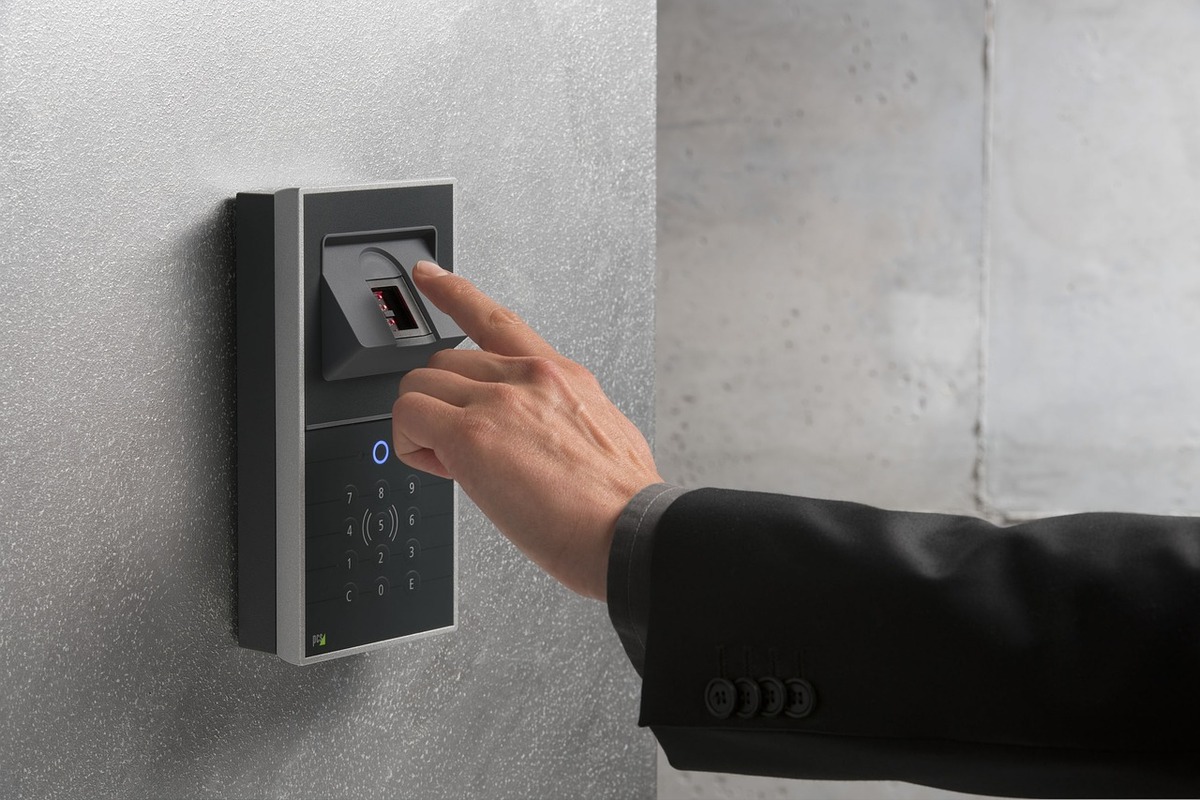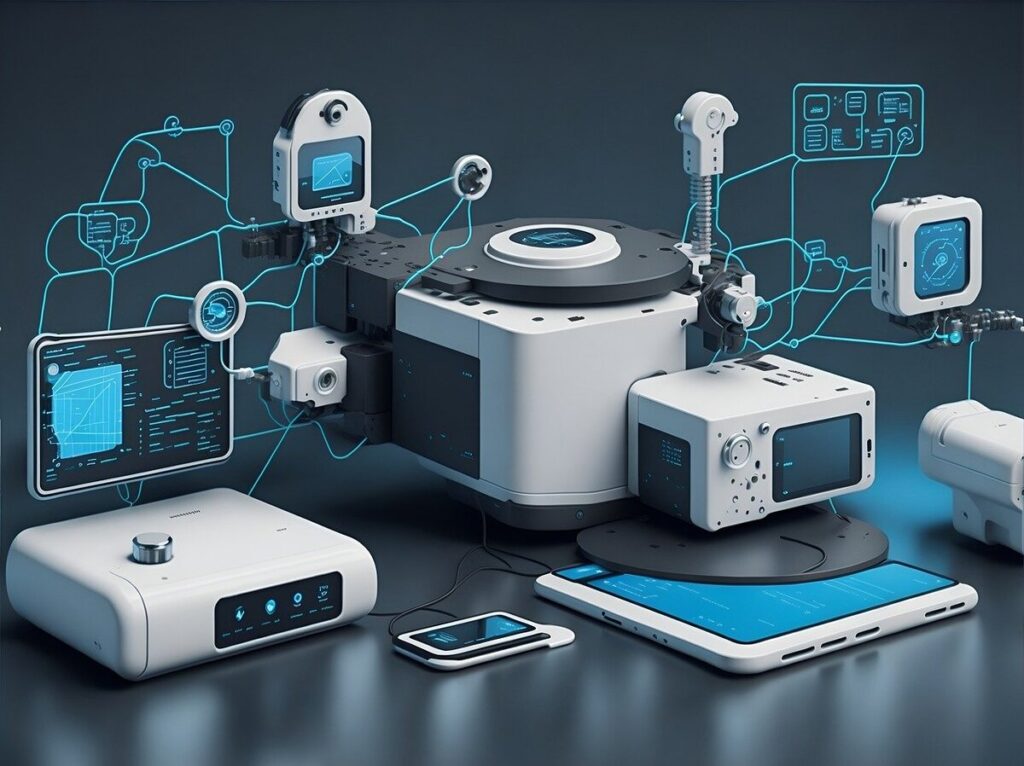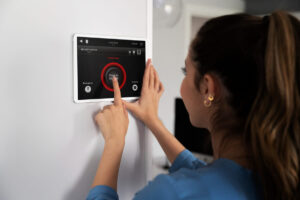IoT sensors in construction are drastically cutting costs and delays, transforming project management. Construction project managers may increase overall efficiency, make well-informed decisions, and allocate resources optimally thanks to the real-time data these smart devices give. In the construction industry, implementing IoT technology is becoming imperative due to the increasing demand for operational efficiency and meeting deadlines.
IoT sensors provide a proactive way to spot problems before they get out of hand, ensuring projects stay on schedule and under budget. Examples of these proactive uses include tracking material delivery and monitoring equipment usage. IoT sensors are revolutionizing the construction industry as the need for quicker and more affordable solutions grows.
Table of Contents
IoT Sensors in Construction Projects
IoT sensors in construction are rapidly becoming vital to reducing costs and lowering delays in projects. These sensors facilitate safer, more efficient resource management, and more accurate decision-making by offering real-time data on a variety of building site factors. Adopting IoT sensors in construction offers a way to achieve more efficient and economical project management as the construction industry faces rising efficiency expectations.
How IoT Sensors in Construction Projects Reduce Costs and Delays
IoT sensors in construction are revolutionizing the industry by supplying real-time data that makes proactive and accurate decision-making possible. With the help of these sensors, which keep an eye on a variety of construction-related factors like material usage, equipment performance, and site conditions, project managers may see possible problems early on and take action to prevent them from becoming more serious and causing expensive delays.
Teams may increase construction workflow efficiency, optimize resource allocation, and guarantee project timeliness by incorporating IoT technologies. For example, sensors can monitor the concrete curing process to make sure it satisfies the necessary requirements, preventing rework and saving money and time.
Furthermore, by strengthening predictive maintenance and boosting safety on building sites, IoT sensors considerably lower expenses. Through real-time monitoring of machinery and equipment, these IoT sensors in construction identify early wear indicators, facilitating prompt repairs and reducing unplanned malfunctions. In addition, they detect dangerous circumstances like gas leaks or structural flaws, guaranteeing adherence to safety procedures and averting mishaps that can result in expensive delays. IoT sensors are essential for construction organizations that want to stay within budget and schedule because of these benefits.
Key Points:
- Proactive decision-making is made possible by real-time data from IoT devices, which saves expensive delays.
- Sensors monitor important operations like concrete curing and maximize resource allocation.
- IoT-based predictive maintenance lowers repair costs and equipment downtime.
- IoT sensors increase site safety by spotting dangers and averting delays and accidents.
Suggested article to read: Types of Sensors in Construction Industry; 2024 Review

Benefits of IoT Sensors in Construction
- Improved Resource Allocation: IoT sensors assist reduce waste and guarantee that resources are allocated where they are most required by monitoring the whereabouts and usage of workers, materials, and equipment. This lowers the possibility of expense overruns and produces more precise budgeting.
- Real-time Data and Monitoring: IoT sensors in construction offer ongoing oversight of the state of the site, the status of the equipment, and the use of the materials. Quick modifications can be made to avoid delays and optimize operations thanks to this real-time data. For instance, sensors are able to identify temperature changes that can affect the curing of concrete, allowing for prompt interventions to save expensive rework.
- Enhanced Safety: By identifying possible risks like gas leaks, equipment faults, or structural instability, IoT sensors help create a safer workplace. By enabling quick corrective action, these early warnings lower the risk of accidents and guarantee that safety rules are followed.
- Simplified Project Management: Construction managers may get a complete picture of the status of their projects by integrating the data gathered by IoT sensors into centralized platforms. Better team coordination, quicker bottleneck discovery, and more efficient scheduling adjustments are made possible by this.
- Predictive Maintenance: IoT sensors in construction can monitor the condition of construction equipment in real-time, enabling predictive maintenance. IoT sensors assist prevent unplanned downtime by spotting problems before they result in equipment failure, which keeps projects on schedule and within budget.
Suggested article to read: The Impact of Real-Time Construction Monitoring on Project Delivery (2024)

Real-Life Examples
- Bouygues Construction: To track the real-time curing of concrete, the massive French construction company Bouygues Construction has integrated IoT sensors in construction. The business has shortened curing times and avoided delays in multiple large projects by monitoring temperature and humidity.
- Skanska: Skanska, a well-known building and development firm, tracks the movement of supplies and personnel on-site using Internet of Things sensors. Project completion has accelerated as a result of better resource allocation and less time spent looking for tools and equipment.
- Bechtel: Global engineering firm Bechtel uses IoT sensors to track equipment health across its construction sites. Bechtel has greatly decreased equipment downtime by implementing predictive maintenance, which has helped to expedite project timeframes.
Conclusion
Integrating IoT sensors in construction projects is key to reducing costs and reducing delays, providing real-time insights that result in improved decision-making. Construction managers may better control budgets, anticipate and handle possible problems, and guarantee on-time project completion by utilizing this technology.
The usage of IoT sensors is expected to become normal procedure as the sector develops, boosting construction’s efficiency and economy. IoT sensors are an essential tool for contemporary construction projects since embracing these innovations not only improves project outcomes but also lays the groundwork for future developments in construction management.
FAQs
How do IoT Sensors Help Reduce Costs in Construction Projects?
- Answer: IoT sensors cut expenses by improving predictive maintenance, allocating resources optimally, and averting delays by continuously monitoring equipment performance and site conditions.
What are the Key Benefits of Using IoT Sensors in Construction?
- Answer: Predictive maintenance to avoid equipment breakdowns, better resource management, increased safety through early hazard detection, and more effective project management thanks to real-time data are some of the key advantages.
Can you Give Examples of Companies Successfully Using IoT Sensors in their Construction Projects?
- Answer: Indeed, businesses like as Bouygues Construction, Skanska, and Bechtel use IoT sensors to track worker and material movements, and predictive maintenance minimizes equipment downtime.
What Challenges Might Construction Companies Face when Implementing IoT Sensors?
- Answer: High upfront expenditures, worries about data security, integrating IoT with current systems, and the requirement for appropriate training to guarantee successful technology adoption are some of the challenges.
Suggested article for reading:
13 Top Sensor Companies in Denmark
7 Benefits of Cloud-based Construction Monitoring Platforms
12 Cutting-Edge Technologies in Construction Automation You Need to Know
Digital Transformation: The Role of 5G Technology in Construction
Resources:
Forbes | Construction Dive | IoT For All | Bouygues Construction | Bechtel | Skanska
For all the pictures: Freepik





